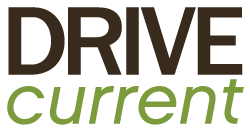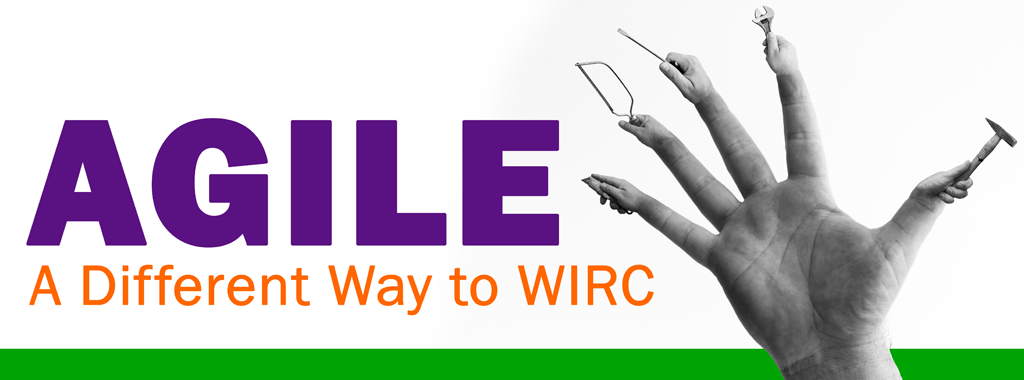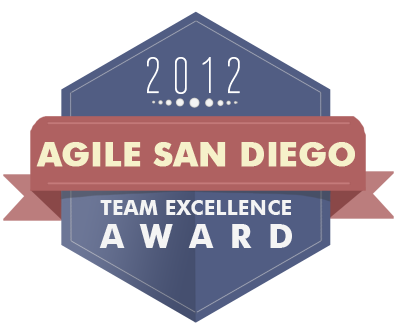Agile: A Different Way to WIRC
Recently I attended a webinar presented by Jeff Sutherland. Jeff created the first Scrum team in 1993 with Ken Schwaber, both of whom helped write the Agile Manifesto in 2001. The title of the presentation was Strategic Scrum for ISVs (Independent Software Vendors).
During the webinar, Jeff pointed out that many Agile practitioners actually know very little about the contents of the Manifesto. Most can’t recite the four values of Agile. I was one of these folks until I began studying the Manifesto in depth, which led to a better understanding of who wrote it and why. Bob Martin summed things up nicely in Jim Highsmith‘s History: The Agile Manifesto article.
We all felt privileged to work with a group of people who held a set of compatible values, a set of values based on trust and respect for each other and promoting organizational models based on people, collaboration, and building the types of organizational communities in which we would want to work.
Hopefully you find yourself in an organization that values the type of culture Bob describes. If so, the power of Agile is realized once you begin instinctively making decisions based on the guidance found in the Manifesto. I began working towards this goal during the Winter of 2013. I started by posting the Manifesto next to my monitor and reading it multiple times per week. I also began researching as much as I could about Agile, eventually signing the Manifesto in May of the same year. My studies led to the development of two simple tools that I’ve used to further ingrain Agile thinking in my everyday decisions.
Tool #1 – Mnemonic Acronym for Agile Values
Below is a simple phrase with a mnemonic acronym to remember the four principles:
Agile: A Different Way to WIRC
Working software over comprehensive documentation
Individuals and interactions over processes and tools
Responding to change over following a plan
Customer collaboration over contract negotiation
Tool #2 – AnkiDroid Flashcards
Research has shown that the act of calling information to mind strengthens that knowledge and aids in future retrieval. With this in mind, I created a deck of flashcards based on the Manifesto. Below are the instructions for using the cards:
- Download the AnkiDroid Flashcards app or sign-up for an account and use the deck of flashcards online.
- Download the deck here or search for ‘Agile’ using the AnkiDroid search function.
As a Product Owner, these tools have helped train my brain to put people first and intuitively make well-founded Agile decisions. Hopefully you will find value in them as well. If so, follow me on Twitter and google+ for more Agile tips.










Leave a comment